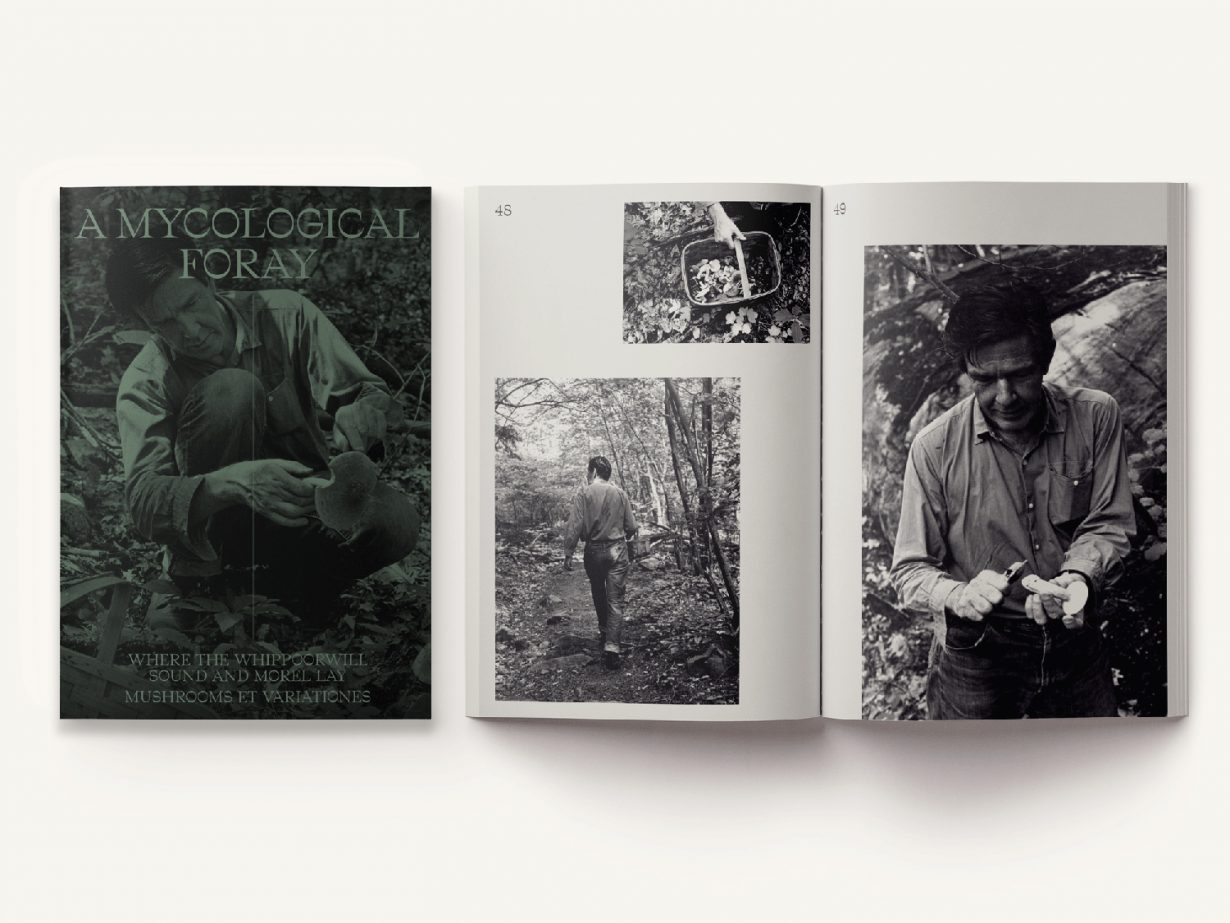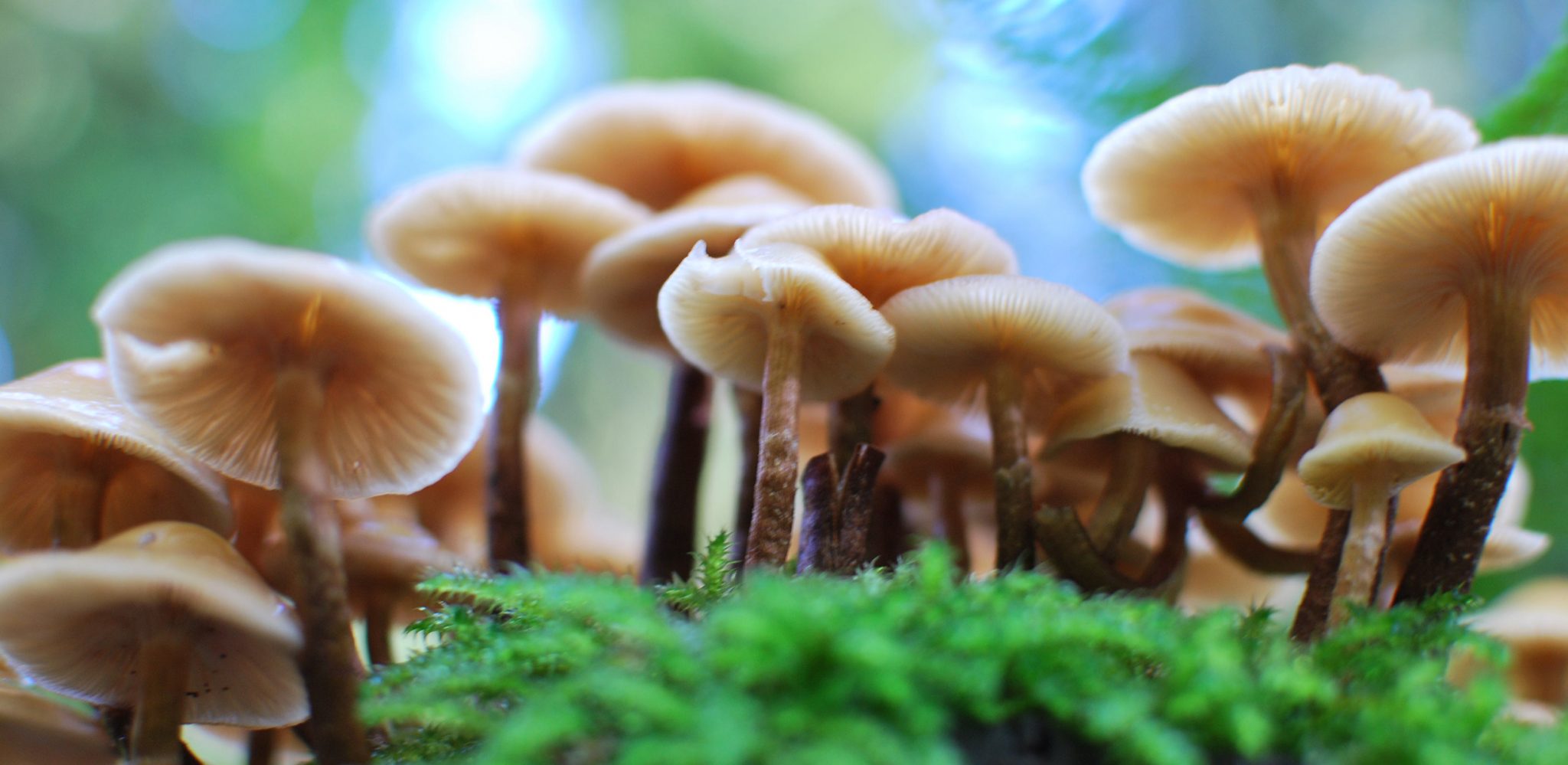‘John Cage: A Mycological Foray’ tracks the American composer’s adventures into the world of fungi
It might seem of niche biographical interest that composer John Cage was an enthusiastic amateur mycologist, but such was his passion that it undoubtedly came to influence his music. ‘I have come to the conclusion that much can be learned about music by devoting oneself to the mushroom,’ he is quoted as saying in this new two-volume study of the American’s forays into the world of fungi, which includes, alongside texts by writers, artists and curators, a reproduction of Cage’s 1972 Mushroom Book and his 1983 poem ‘Mushrooms et Variationes’.

Cage was not interested in the psychoactive qualities of shrooms – he never took drugs in his life, he said. Indeed, though he cofounded the New York Mycological Society and appeared on an Italian quiz show with ‘toadstool’ as his specialist subject, it seems less the shrooms themselves and more the act of foraging for them that inspired his musical work.
Cage went to Stony Point, in upstate New York, in 1954 to establish an electronic music studio but was sidetracked into the local woods. His burgeoning hobby got off to a bad start when he misidentified a specimen, eating a poisonous hellebore that left him hospitalised. It would seem that the life-and-death potential of his mycological pursuits offered a useful contrast to the extreme freedom granted by avant-garde composing.

‘In the mushrooms it’s absolutely necessary you see if you’re going to eat them as I do, not to eat one which is deadly. Whereas I take the attitude in music that no sounds are deadly. It’s like the Zen statement that every day is a beautiful day. Everything is pleasing providing you haven’t got the notion of pleasing and displeasing in you.’ Where composing, according to Cage, should be concerned with chance and disharmony, mycology was bound by strict rules, making this hobby an important counter-weight to his profession.
John Cage: A Mycological Foray is published by Atelier Éditions
